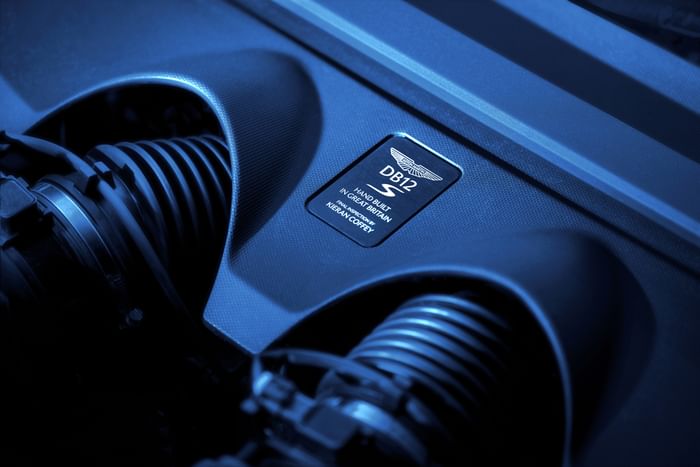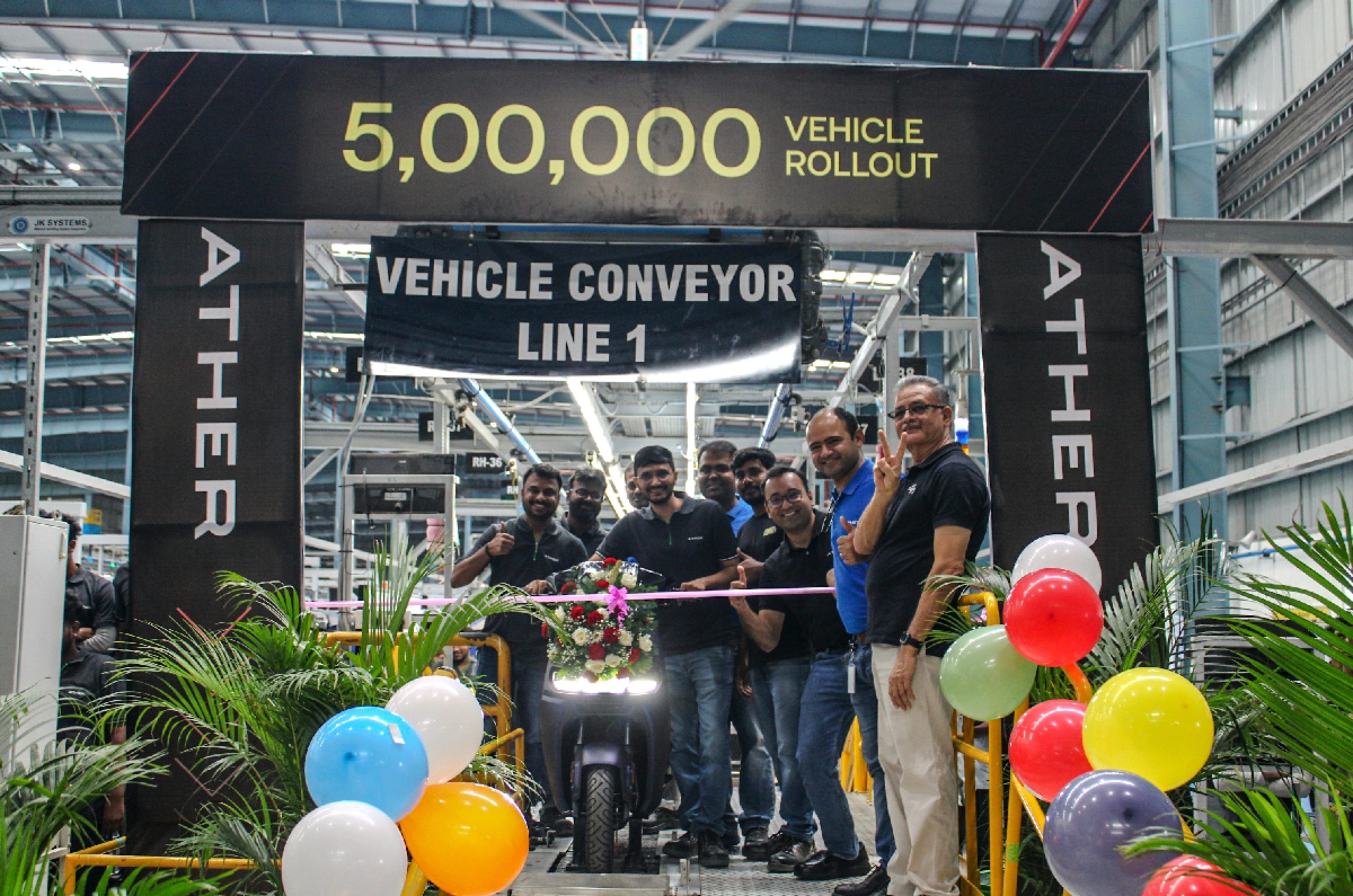In early October 2025, the Border Roads Organisation (BRO) completed and opened the road at Mig La (5,913m/19,400ft), surpassing the former record-holder, Umling La (19,024ft), and setting a new Guinness World Record.
Built under Project Himank, the Likaru-Mig La-Fukche route links Hanle with the border village of Fukche near the Line of Actual Control (LAC). This new connectivity is critical for local residents, who frequently face isolation during severe winter periods.
Engineering challenge at the limit
At 19,400ft, building the road tested both man and machinery
Building the road at 19,400ft required overcoming extreme logistical and environmental hurdles. Operating machinery and manpower at this altitude means dealing with oxygen levels nearly half those at sea level, compounding the challenges of sub-zero temperatures and unpredictable, rock-strewn terrain.

Under the leadership of Brigadier Vishal Srivastava, BRO crews worked during narrow, manageable weather windows. The completion of the high-altitude infrastructure was marked by raising the Indian flag.
Mig La replaces Uming La
India’s Mig La Pass sets a new global road record
The title of the world’s highest motorable road historically belongs to India. For decades, Khardung La (18,380ft) was the record holder. The BRO then reset that record with Umling La (19,024ft) in 2020-2021, which held the title for about four years until the new Mig La route (19,400 ft) surpassed it.
As we found during our drive on the Umling La pass, this extreme altitude challenges both vehicle performance and driver preparation. Services are limited, conditions are harsh, and having a reliable, properly-equipped vehicle is non-negotiable.
Strategic and social gains
More than a record-breaker, Mig La carries strategic and local value for Ladakh
This road improves all-season access to remote border regions of Ladakh, which often face isolation during harsh winters. It promises shortened transit times, better logistics for locals, and easier transportation of essential supplies.
From a national perspective, it enhances India’s ability to deploy resources along the Line of Actual Control.
Also see:
New FASTag rule: UPI payments to attract 25 percent higher fee



